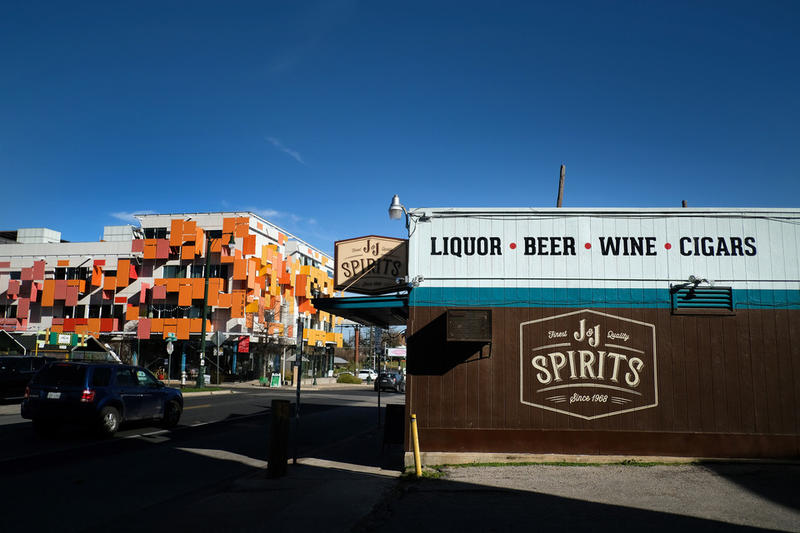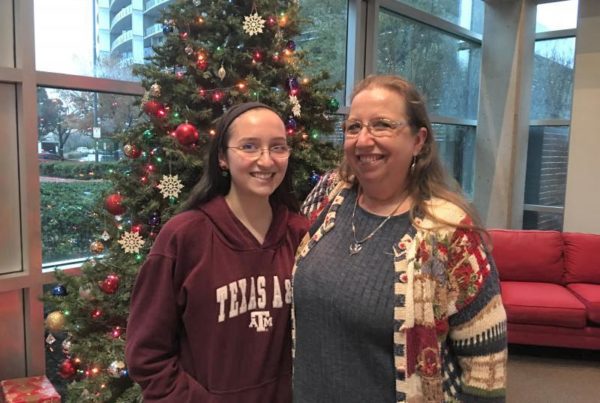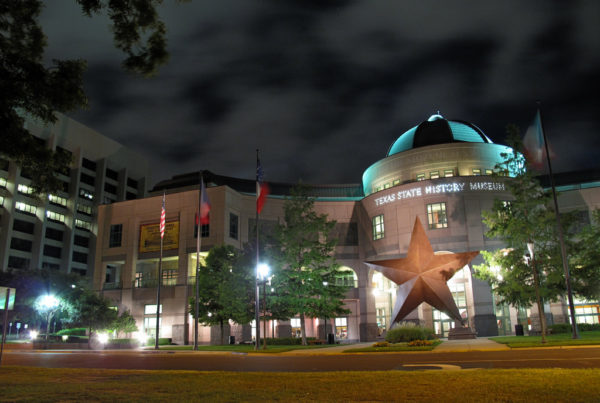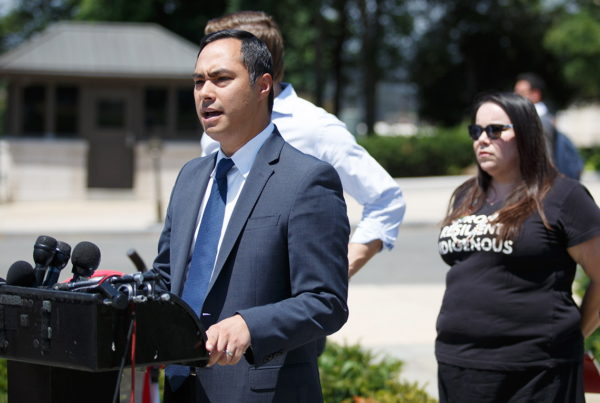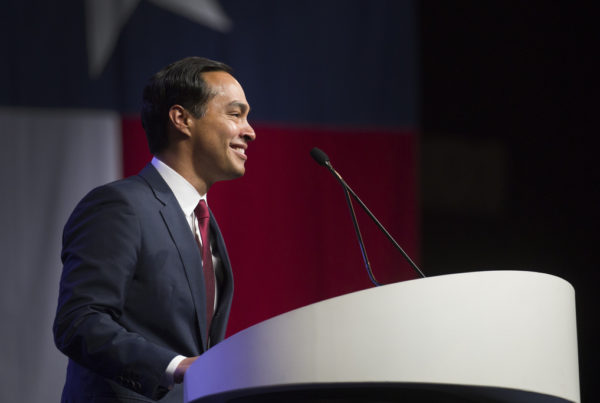On Election Day in Stanton, just north of Midland, Ron Black was skeptical that a particular measure on the ballot would pass.
“Well, I think at first it was uh, nobody thought it would go through because they’ve tried it so many times, you know. I can’t tell you how many times it’s gone to the ballot,” Black says.
Black manages the Lawrence Brothers grocery in Stanton. The vote was whether to keep Stanton dry – that is to prohibit the sale of alcohol – or to allow the sale of beer and wine at stores like Black’s. But to his surprise, Stanton went wet after all. And it’s part of a long-term trend that’s washing over Texas.
To put it in perspective: in 1996, there were 53 dry counties in Texas. By 2011 that number dropped to 25. And as of Election Day when Stanton, the seat of Martin County went wet, there are now just five dry counties in Texas – in a state whose attitudes toward alcohol have always been complex, but tended to be more conservative than the country as a whole.
Brendan Payne is a history professor at North Greenville University and an expert in Prohibition in Texas.
“Texas is slightly earlier than the nation and slightly later than the nation in terms of how long its Prohibition was enforced,” Payne says.
In the late 1880s, many immigrant communities and some religious groups were skeptical of prohibition, but others drove the bus full-speed toward temperance.
“The large evangelical churches get behind it, especially the Methodists and Baptists,” Payne says.
But these days, demand for alcohol is a bigger driver. Kimberly Frost is a liquor lawyer from Austin.
“The public wants to be able to shop for what they want, when they want it, closer to home. Especially when you’re talking about a convenience store or a grocery store, the margins on an alcoholic beverage are the biggest in the store sometimes,” Frost says.
In Texas, decisions on whether a community sells booze are made during local elections by cities, counties, or justice of the peace precincts. Voters can decide for themselves whether they want to go wet or dry, as well as at what level – say selling just beer and wine as opposed to liquor for example, or selling alcohol at just restaurants or just convenience stores.
The system was put in place after statewide Prohibition was repealed in 1935. Since then, the number of dry counties has slowly ebbed away. The five exceptions include Throckmorton County, located in a rural area northwest of Fort Worth. Will Carroll is the mayor of its county seat. He’s tried to turn Throckmorton wet for most of the 18 years he’s been the mayor, partly for personal reasons, “You know I want to go down and buy a six-pack of beer at Allsup’s,” Carroll says. “And if I could, I would definitely buy a really nice Cabernet,” but mostly because of what it could mean for local coffers.
“You know that’s what I try to tell people is that if you want your property tax lowered, the sale of alcohol is a way to do it because not only do you have the sales tax from the sale of alcohol, but you also have the potential for new businesses that pay property tax. So there’s the potential for a lot more revenue,” Carroll says.
The Perryman Group, an economic development firm based in Waco, found in 2008 that in a Texas community of 25,000 people, alcohol sales produced an average of $19 million in annual spending and supported 185 jobs. And those figures scale up with bigger communities. Which is a compelling argument. But the real shift toward dry county extinction came from the passage of House Bill 1199 during the Texas legislative Session in 2003.
“That is what revolutionized our alcohol laws,” says John Hatch, president of Texas Petition Strategies. To hold a wet-dry election in Texas prior to 2003, you had to get signatures from 35 percent of a jurisdiction’s registered voters, each of which had to sign their name exactly as it appeared on their voter ID card, with their voter ID number. And you only had 30 days to do it. It was more difficult to get booze on the ballot than an actual candidate. Hatch asked the legislature to change the law.
“They gave us everything we asked for,” Hatch says. “We went from needing 35 percent of all voters to 35 percent of the last election for governor. So it made it a lot more manageable. We doubled the amount of time from 30 days to 60 days. We made the signature requirement the same as any other petition: if you sign your name “Michael Marks,” that’s good enough.”
A flood of elections followed. In the 15 years preceding the law, there were about 150 wet-dry elections statewide. In the 15 years following the law, there were close to 950 elections. Nearly 80 percent of those went wet. Although Throckmorton was in the 20 percent that stayed dry, Mayor Carroll hopes that changes. Given the current trend, it might just be a matter of time.


